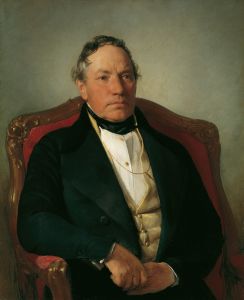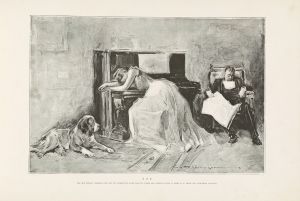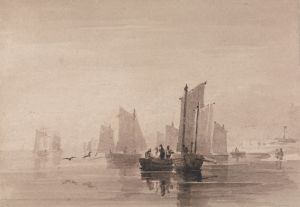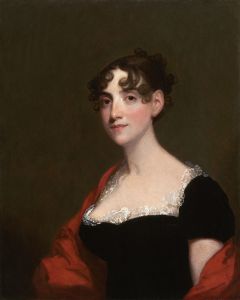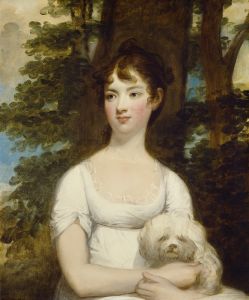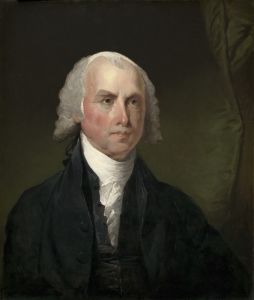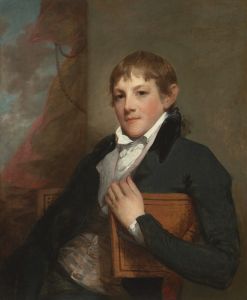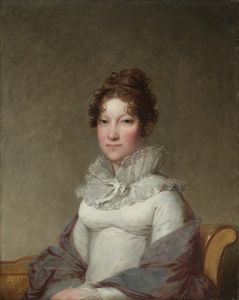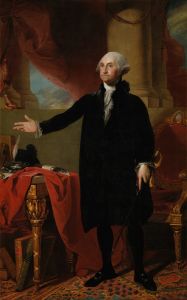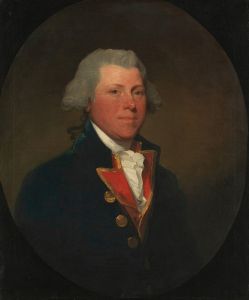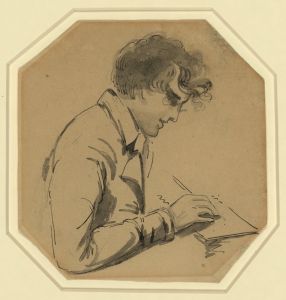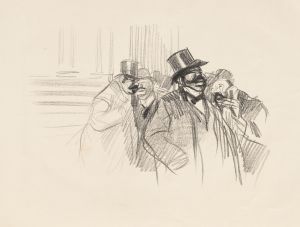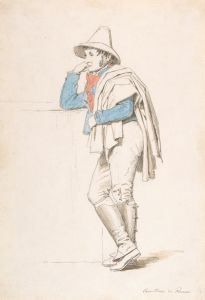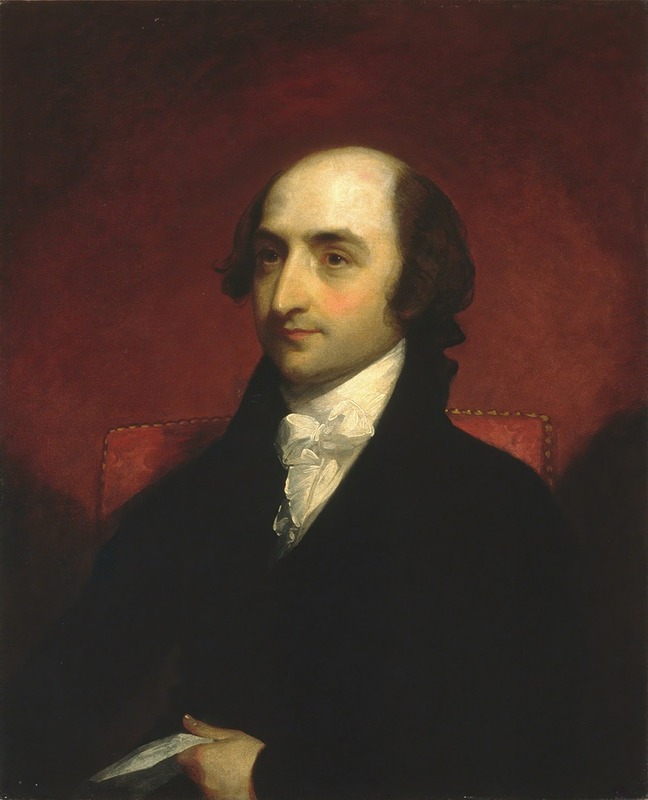
Albert Gallatin
A hand-painted replica of Gilbert Stuart’s masterpiece Albert Gallatin, meticulously crafted by professional artists to capture the true essence of the original. Each piece is created with museum-quality canvas and rare mineral pigments, carefully painted by experienced artists with delicate brushstrokes and rich, layered colors to perfectly recreate the texture of the original artwork. Unlike machine-printed reproductions, this hand-painted version brings the painting to life, infused with the artist’s emotions and skill in every stroke. Whether for personal collection or home decoration, it instantly elevates the artistic atmosphere of any space.
Albert Gallatin by Gilbert Stuart is a portrait of Albert Gallatin, an influential American politician, diplomat, and financier, painted by the renowned American artist Gilbert Stuart. The painting is believed to have been completed in the early 19th century, during Stuart's prolific career as one of the foremost portraitists of his time. Gallatin, who served as the fourth U.S. Secretary of the Treasury under Presidents Thomas Jefferson and James Madison, is depicted in a formal and dignified manner, consistent with Stuart's style of portraying prominent figures of the era.
Gilbert Stuart (1755–1828) is widely regarded as one of America's greatest portrait painters, best known for his iconic unfinished portrait of George Washington, often referred to as The Athenaeum, which has been used as the basis for the image of Washington on the U.S. one-dollar bill. Stuart painted numerous leaders and influential figures of the early United States, and his works are celebrated for their lifelike quality and attention to detail.
Albert Gallatin (1761–1849) was a Swiss-American statesman who played a significant role in shaping the financial and political landscape of the young United States. As Secretary of the Treasury from 1801 to 1814, Gallatin is credited with reducing the national debt and implementing policies that strengthened the nation's financial stability. He was also a key figure in negotiating the Treaty of Ghent, which ended the War of 1812, and later served as the U.S. Minister to France and the United Kingdom.
The portrait of Gallatin by Stuart captures the subject's intellectual demeanor and calm authority, reflecting his reputation as a skilled negotiator and financial expert. Stuart's mastery of light and shadow, as well as his ability to convey the personality of his sitters, is evident in this work. The painting is an example of Stuart's ability to combine realism with a sense of grandeur, making it a valuable representation of one of America's early statesmen.
The current location of the painting is not definitively documented in public sources, but many of Stuart's works are housed in prominent institutions such as the National Gallery of Art in Washington, D.C., and the Metropolitan Museum of Art in New York City. Further research may be required to confirm the specific details regarding the painting's provenance and exhibition history.





